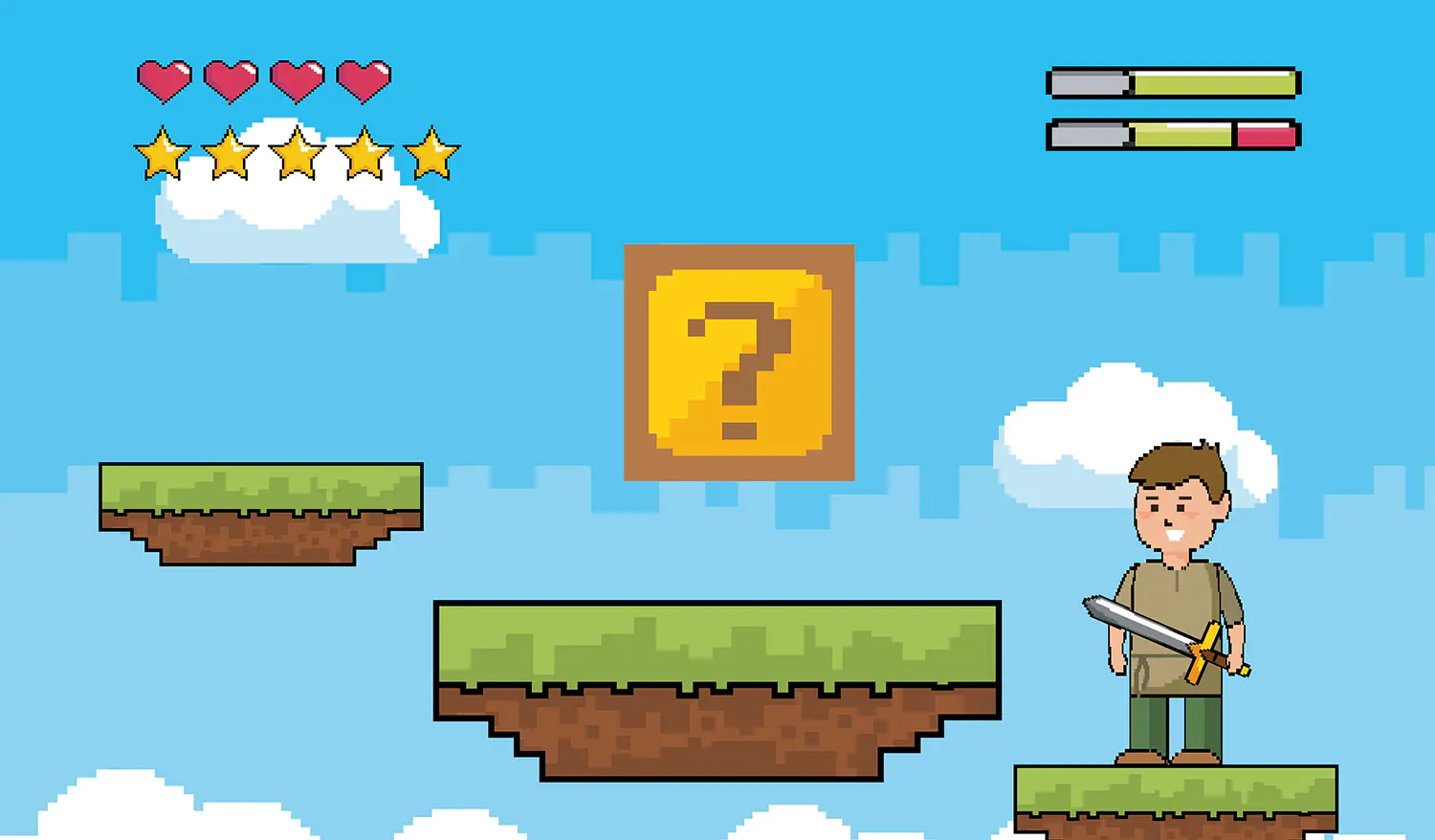
If you’re reading this article, chances are you’ve heard about Gamification and want to include it into your training programs, or you have already implemented it, and want to do more with it. During my conversations with various customers, I realized that they all have few common questions while learning or implementing Gamification.
This blog addresses all those common questions that most Gamification enthusiasts usually come up with.
Question 1. Our eLearning training programs are not working; employees leave them halfway. Should we implement Gamification-based learning to bring employees back to the training?
Even before talking about implementing Gamified learning programs, we as consultants like to identify the reasons why training programs may not be working by asking the following questions:
- What is the business problem the training program addresses?
- What is the learner profile?
- Is the quality of course content relevant, engaging, and up to date?
- Has the program been pitched/communicated to the learners?
- Has the course been designed as per the learner’s demographic?
- Is there a lack of sense of progression and achievement?
To summarize, understand what your people need, design the course to engage them, and measure progress. Then gather feedback to find out what can be improved – because it always can!
Question 2. A majority of our workforce are millennials. Can gamification be the answer to make the eLearning programs effective?
Millennials are an immensely social and technologically savvy generation, yet they require continuous motivation and stimulation. Being natural gamers and digital natives, gamification appears to be an appropriate solution to attract and motivate millennials to work efficiently in the workplace. Simple game elements can be used in eLearning programs to redesign mundane courses and make them more interesting and engaging. They also help the learner perform better at work.
Question 3. Our workforce is adult learners and playing games is not what they like. Would you still recommend Gamification for this audience?
The terms “gamification” and “game-based learning” are frequently misunderstood. “Game-based” and “gamification” are two different eLearning strategies.
Game-based learning is where the learner plays games and, in the process, learns. For example, “Who wants to be a millionaire” is a game and we all learn in the process as we play that game.
Gamification, uses game mechanics such as leaderboards, points systems, badges, and up-leveling to tap a learner’s natural human drive for competition and achievement.
So, depending on the type of training topics such as marketing, sales, onboarding, financial training, compliance, money laundering, and others, the actual characters or structure of the course can be defined and designed.
Gamification as a learning strategy can definitely be considered for all age groups and for a variety of topics.
Question 4. Is implementing Gamification expensive and how can I justify the return on investment (ROI)?
This question should be valid not only for gamification but for any kind of newly launched learning program. All projects should be undertaken with a clear business goal in mind. For example, how has the training improved measurable business outcomes like improved customer ratings, successful handling of the number of support tickets, sales outcomes, better quality output, reduced number of customer escalations, and many more.
About cost – Gamification when implemented with the right technology solution is not expensive. Harbinger has designed a gamification framework that helps our customers implement the right gamification solution rapidly and in a cost-effective way.
Question 5. Can we implement Gamification to sustain for the long-term?
Gamification should not mask the symptoms of a broken system. Companies should implement it with a proper strategy on how it can sustain learner’s interest in the long term.
A study conducted by Karl Kapp over the course of three years demonstrates that a well-designed gamification strategy can sustain learner’s interest over time. In the sample study, he demonstrated that the impact of various game elements such as leaderboards and rewards continued to have a positive effect on its learners.
Therefore, Gamification as a strategy for eLearning programs is definitely effective if implemented with a thorough analysis of the business problem and learner’s profile.
What are your thoughts on gamification as an approach for content planning? Please comment below or drop us a note at contact@harbingergroup.com to discuss more.






